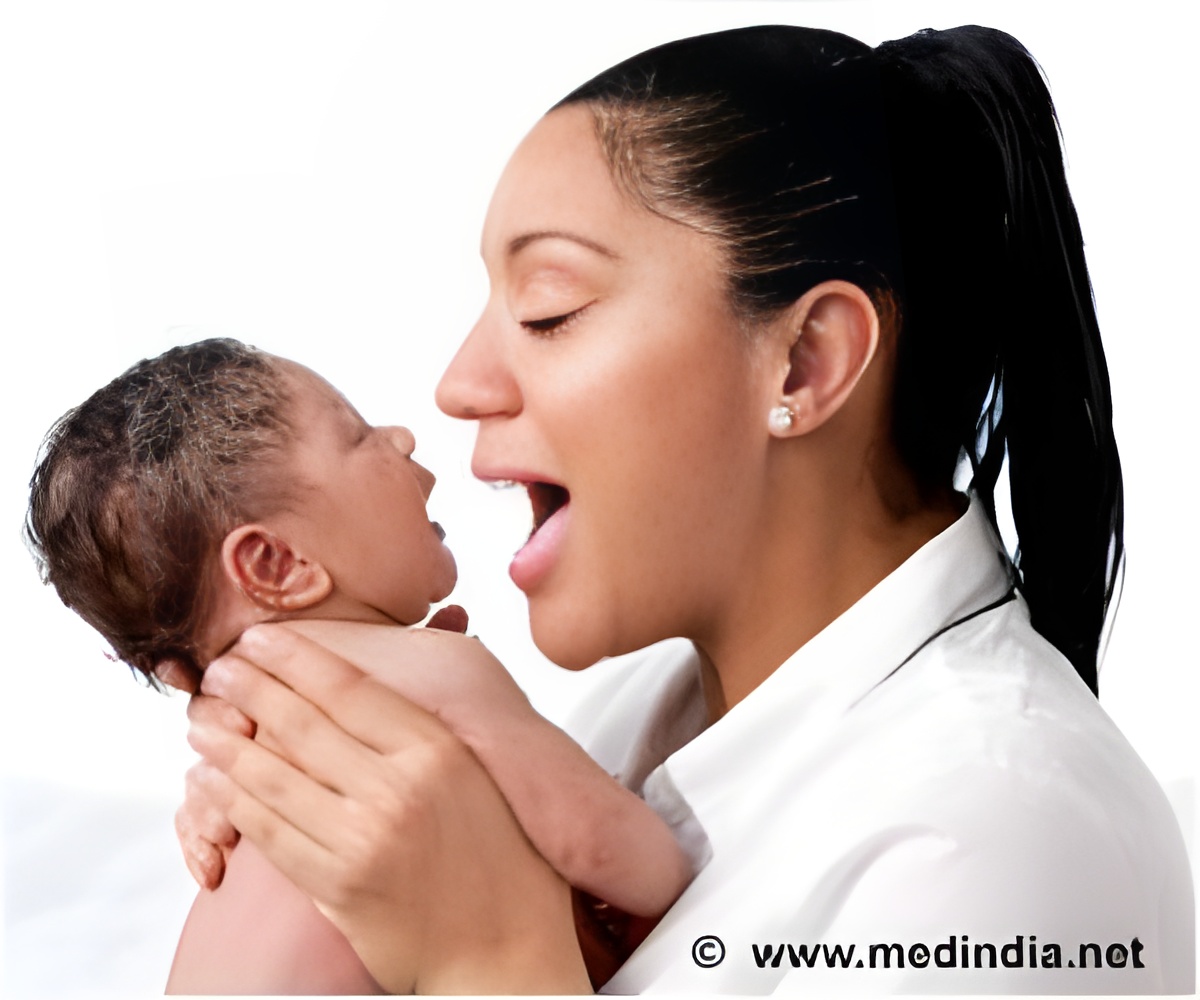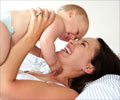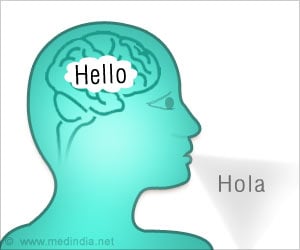Talking to babies, specially naming things in their world, can help them make connections between what they see and hear. These learning benefits can be seen as much as five years later.

Details of Scott's research, conducted with UMass Amherst psychological and brain science doctoral students Hillary Hadley and Charisse Pickron, appears in a recent online edition of the journal Developmental Science.
Scott's own earlier experiments as well as work by others shows that before they are six months old, babies can easily tell faces apart within familiar (e.g., human faces) and unfamiliar (e.g, monkey faces) groups. But by nine months, they are no longer as good at distinguishing faces outside their own species compared to faces from their own species.
This decline in recognizing unfamiliar individuals is called "perceptual narrowing" and is driven by the infants' experience interacting with some groups more than others and learning the names of individuals in some groups more than others during the six- to nine-month window, the neuroscience researchers say.
In the original experiment three years ago, Scott gave parents picture books to read to their infants in this age range. The books had photos of either different monkey faces or different kinds of strollers. For one group the parents spoke unique names, such as Boris or Fiona, and for the other group the same pictures were all labeled the same, just monkey or stroller.
Scott and colleagues measured how long the babies looked at the images, and their neural responses before and after training. Results for both looking and neural responses suggested that training with individual-level labels led the babies to learn in a way that would allow them to better tell the difference between examples of monkeys or strollers in the future.
Advertisement
As Scott explains, she and colleagues predicted that children trained with individual-level, unique labels would show lasting behavioral and neural changes in response to early training experience during infancy. But it wasn't clear whether such changes would be specific to the trained images, that is, stimulus-specific, or related to a more general ability.
Advertisement
"These children were faster to match human faces and they exhibited more adult-like neural responses to human faces compared to children who received experience with category labels and children with no book experience," they say.
This suggests that training within individual-level labels in infancy leads to long lasting learning effects that generalize from the trained images to the more commonly experienced category of human faces. "Even brief experiences can be important for infants, as they are actively building skills that they can use in a variety of contexts later in life," the authors note.
Source-Eurekalert









